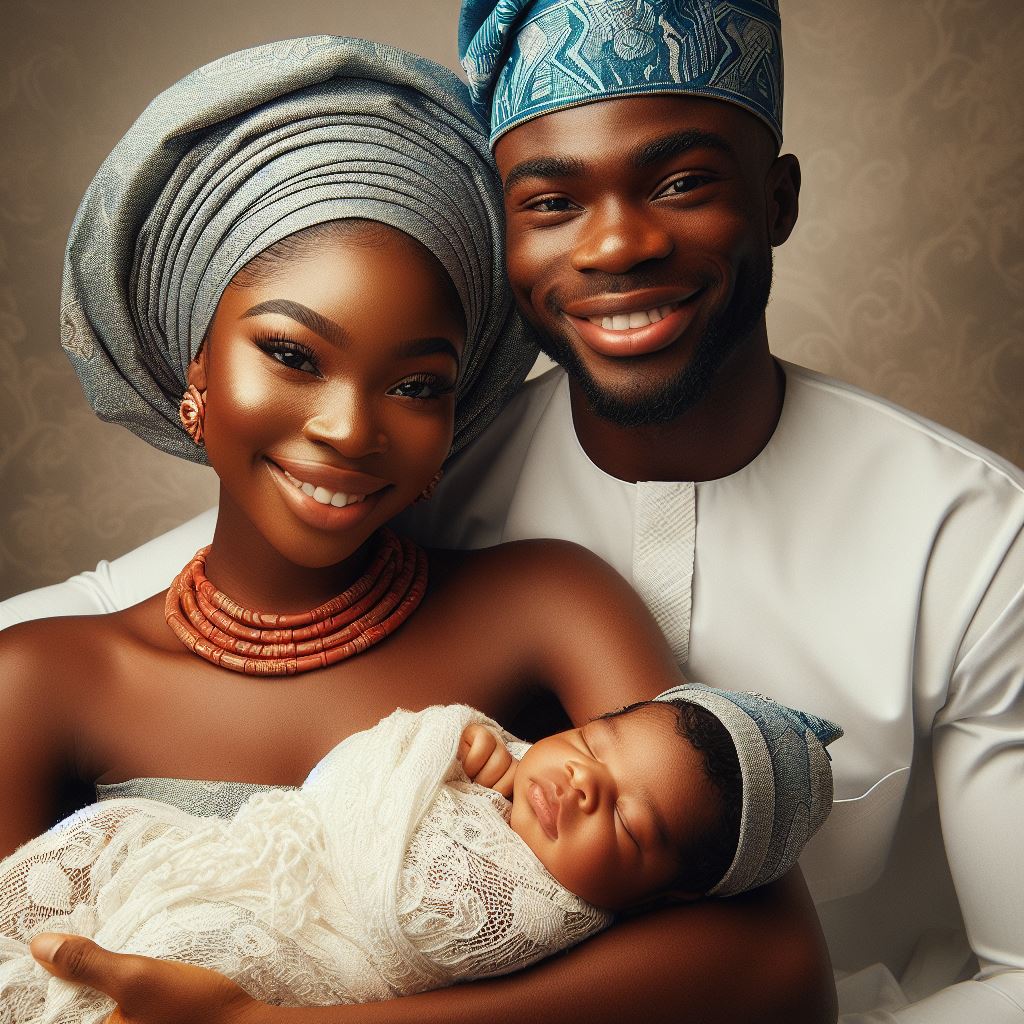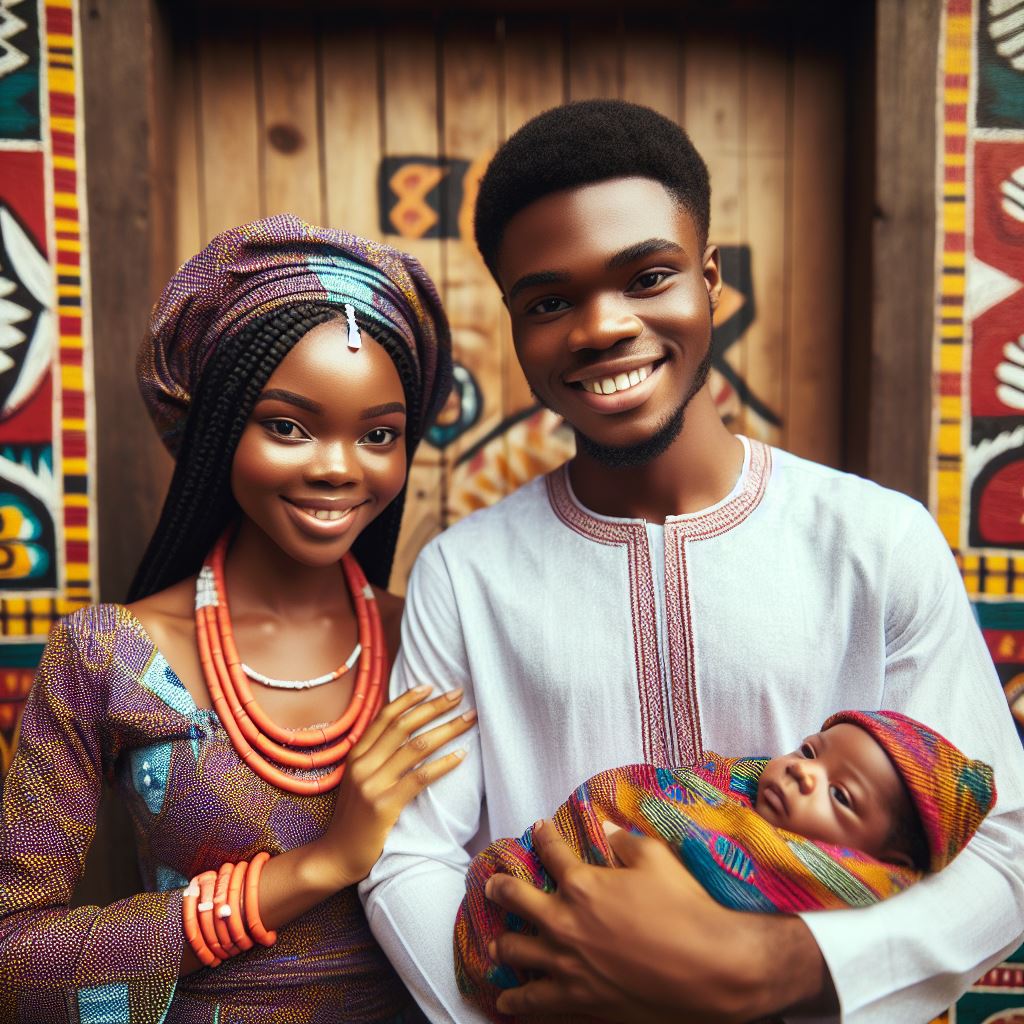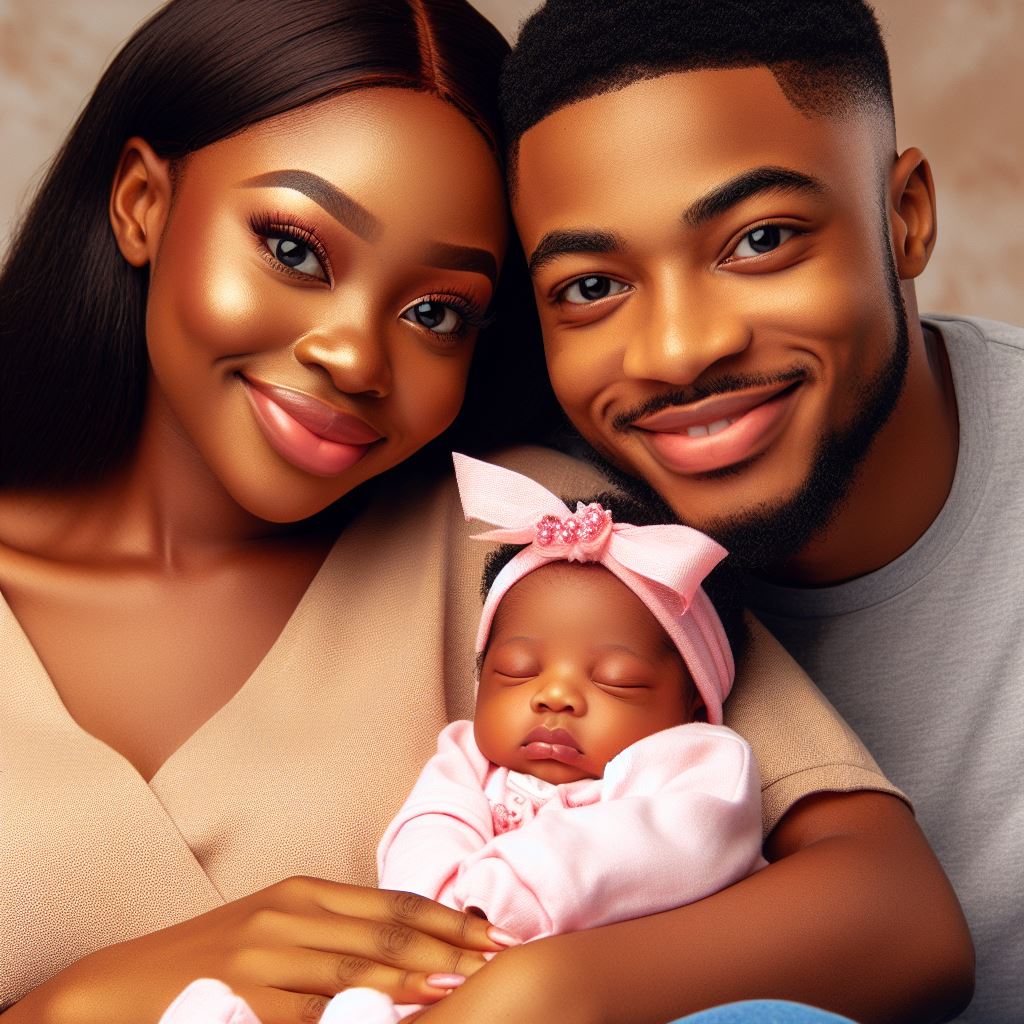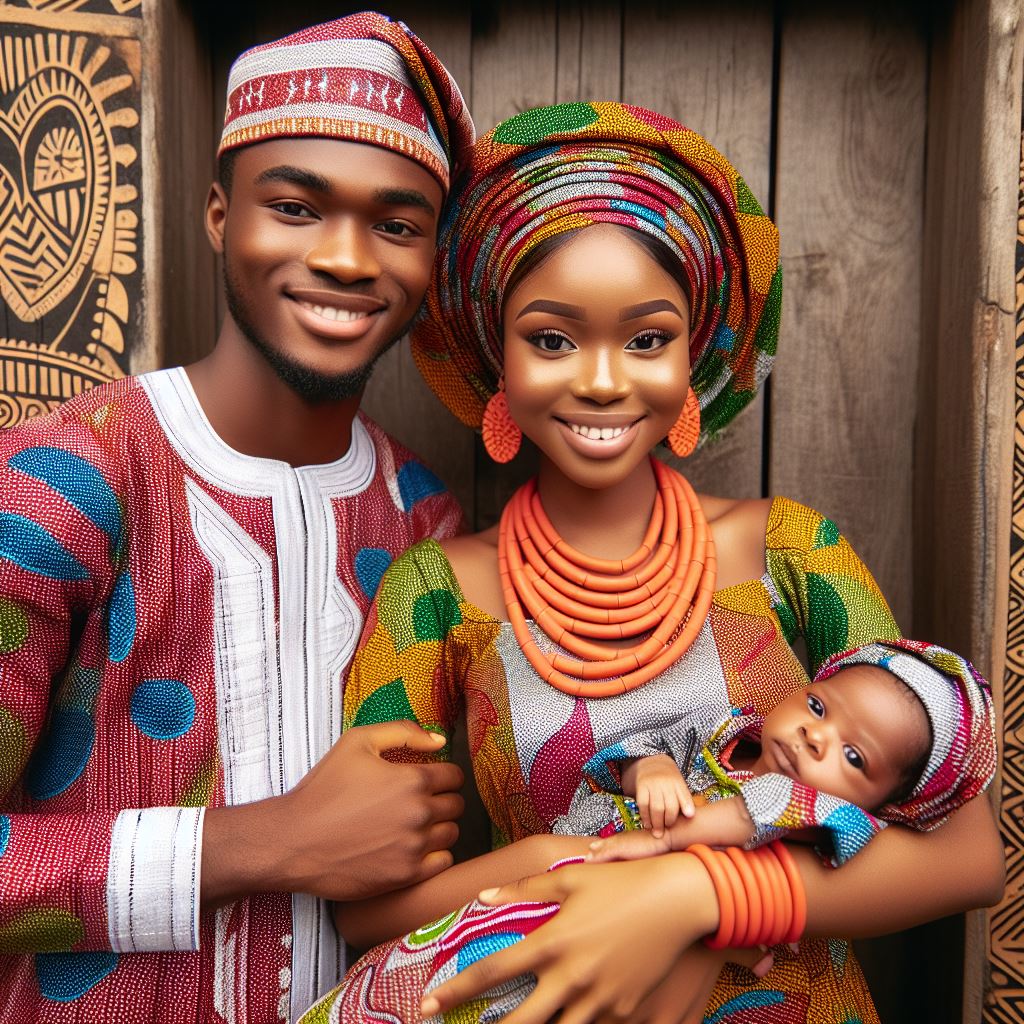Introduction
Preemie clothing is a category of garments that are specially designed for premature babies with smaller sizes.
These tiny babies require clothes that are not only comfortable but also aid in their proper development.
Choosing the correct fit when it comes to preemie clothing is of utmost importance.
These babies are delicate and have unique needs that must be addressed through their clothing.
Ill-fitting clothes can cause discomfort, hinder movement, and potentially harm their fragile bodies.
The main objective of this blog post is to educate parents and caregivers on the significance of selecting the right fit for their preemie babies.
It aims to highlight the specific considerations that need to be taken into account when purchasing preemie clothing, such as the weight and length of the baby, as well as any medical devices or tubes they may have.
By understanding the importance of the right fit, parents can make informed decisions and provide their preemie babies with clothing that promotes their well-being.
This includes garments that are not too tight, allowing for proper growth and easy access for medical care.
In the following sections, we will delve deeper into the factors to consider when choosing preemie clothing and provide practical tips and recommendations to ensure the best fit for these vulnerable babies. Stay tuned!
Understanding Preemie Sizes
When it comes to choosing preemie clothing, understanding the right fit is essential.
Preemie babies require special attention, as their bodies are delicate and need appropriate clothing.
This section will guide you through the various factors to consider when selecting the right preemie sizes.
Different sizing standards for preemie clothing
There are two primary sizing standards for preemie clothing: weight-based sizing and gestational age-based sizing.
Understanding these standards can help you find the perfect fit for your little one.
Parenting Made Just for You
Get personalized Parenting Solutions tailored to your child’s needs. Transform your parenting journey with expert guidance in 1-3 days.
Get Started- Weight-based sizing: This sizing method categorizes preemie clothing based on the baby’s weight.
The most common weight categories are less than 1 lb, 1-3 lbs, and 3-5 lbs. Ensure you know your baby’s weight before shopping to choose the appropriate size. - Gestational age-based sizing: This method categorizes preemie clothing based on the baby’s gestational age or the number of weeks they were in the womb before birth.
Common categories include 22-24 weeks, 25-27 weeks, and so on. Knowing your baby’s gestational age will help you select the right size.
Factors to consider when selecting preemie sizes
When selecting preemie sizes, there are a few important factors to keep in mind to ensure the perfect fit for your baby.
- Baby’s weight and size: Consider your baby’s weight and size to determine the appropriate clothing size.
If your baby is smaller or bigger than average, you may need to adjust accordingly. - Premature birth complications: Preemie babies may experience various health complications.
Clothing should accommodate any medical devices or treatments your baby requires. - Growth patterns and projections: Preemies often experience rapid growth in the early months.
Consider this when selecting sizes, as you may need to anticipate growth and choose slightly larger clothing.
Choosing the right preemie clothing size is crucial for the comfort and well-being of your little one.
By understanding the different sizing standards and considering factors like weight, complications, and growth patterns, you can ensure the perfect fit for your precious preemie.
Read: Bonding with Your Preemie: Loving Strategies
Material and Fabric Considerations
When it comes to preemie clothing, choosing the right fabric is paramount. Soft and gentle materials are pivotal for their delicate skin.
Avoiding irritation from rough textures or seams is essential for their comfort.
Importance of Soft and Gentle Materials
Preemies have sensitive skin, necessitating fabrics that won’t cause discomfort. Opting for soft, breathable textiles is crucial.
Gentle materials like organic cotton, bamboo fabric, and micro-fleece are ideal choices.
Recommended Fabric Options for Preemie Clothing
- Organic Cotton: Organic cotton stands out for its hypoallergenic and soft properties. It’s gentle on the skin, reducing the risk of rashes or allergies.
Moreover, it’s breathable, ensuring proper air circulation for the baby. - Bamboo Fabric: Bamboo fabric is gaining popularity due to its eco-friendly nature and softness.
Its moisture-wicking ability keeps the baby dry, minimizing the chances of skin irritation. Additionally, it offers natural UV protection. - Micro-fleece: Micro-fleece is another excellent option. It’s incredibly soft and provides warmth without being bulky.
Its moisture-wicking properties help regulate the baby’s body temperature, preventing overheating or chilling.
Avoiding Irritating Seams and Tags
Seams and tags on clothing might seem insignificant, but for preemies, they can cause discomfort.
Ensure that clothing has flat seams or even consider tagless options to prevent skin irritation.
In summary, prioritizing soft and gentle fabrics like organic cotton, bamboo fabric, or micro-fleece is crucial for preemie clothing.
These materials offer comfort, breathability, and reduce the risk of skin irritations.
Additionally, avoiding irritating seams and tags will further enhance their comfort, allowing them to thrive in their early stages.
Read: Preemie Sleep Patterns: Helpful Insights
Unveil the Perfect Name that Tells Your Family's Story
Let us help you find a name that embodies your family's values, traditions, and dreams. Our personalized consultation weaves cultural insights to create a name that's uniquely yours.
Get StartedDesign Features for Preemie Clothing
Overall, the design of preemie clothing focuses on the unique needs of premature babies.
It is essential to prioritize the comfort, accessibility, and safety of these delicate infants.
By considering the following design features, preemie clothing can provide the best fit and support for these little fighters.
Accessibility features for medical needs
Accessibility features are crucial to ensure that medical needs are easily met.
NICU-friendly openings in preemie clothing allow healthcare professionals to access the baby’s delicate body while still keeping them covered and comfortable.
These wide openings accommodate wires and tubes commonly used in the NICU, making it easier for medical staff to provide necessary care.
In addition to NICU-friendly openings, preemie clothing should also have port access for medical devices.
Many premature babies require ports for treatments such as intravenous medications or blood draws.
Having specially designed openings or closures in the clothing allows healthcare professionals to access these ports without having to remove the entire garment each time.
Breathability and temperature regulation considerations
Breathability and temperature regulation are crucial considerations in preemie clothing.
Premature babies often struggle with thermoregulation, making it important to choose fabrics that allow heat and moisture to escape easily.
Breathable fabrics such as cotton or bamboo help prevent overheating and maintain a comfortable body temperature for the baby.
Easy and adjustable closures for comfort and convenience
Easy and adjustable closures contribute to the comfort and convenience of preemie clothing.
Snaps, Velcro, and zippers are popular closure options as they are quick and easy to use.
These closures enable parents and healthcare providers to easily dress and undress the baby, which is particularly important when dealing with frequent diaper changes or medical procedures.
Head openings and neck support
Head openings and neck support are essential design features for preemie clothing.
Premature babies have delicate heads, and their neck muscles may not be fully developed.
Clothing with stretchy or adjustable head openings ensures a gentle fit while also offering support to the baby’s neck.
It is crucial to provide both comfort and stability to avoid any unnecessary strain on their fragile bodies.
Protective features for fragile skin
Lastly, preemie clothing should include protective features for fragile skin.
Premature babies often have sensitive and delicate skin, prone to irritation and injury.
Soft, tagless fabrics and flat seams help minimize friction and discomfort.
These features are especially important as premature babies often spend extended periods in hospitals, where their clothing must be gentle on their skin.
In short, designing preemie clothing involves considering various features that cater to the unique needs of premature babies.
Accessibility features, breathability, easy closures, head openings, and protective elements are all vital to ensure the comfort, safety, and well-being of these tiny warriors.
By prioritizing these design features, manufacturers and parents can provide preemies with clothing that is not only functional but also supports their growth and development.
Read: Essential Preemie Milestones to Monitor

Tips for Selecting Preemie Clothing
Check product labeling and safety standards
- Look for clothing labeled specifically for preemies or premature babies.
- Ensure that the clothing meets safety standards and regulations.
- Check for labels indicating flame resistance and absence of harmful substances.
Consult with healthcare professionals
- Seek advice from your baby’s healthcare provider on appropriate clothing options.
- They can recommend specific brands or types of clothing suitable for preemies.
- Consider any specific medical needs or conditions your baby may have.
Prioritize comfort and ease of use
- Choose soft and breathable fabrics that do not irritate your baby’s delicate skin.
- Opt for clothing with flat seams or minimal stitching to prevent skin irritation.
- Select clothing that opens fully or has convenient snaps or Velcro closures for easy dressing and diaper changes.
- Avoid clothing with too many buttons, zippers, or tight openings that may be uncomfortable for your baby.
Consider growing room and multiple clothing options
- Preemies grow quickly, so choose clothing with a bit of extra room to accommodate their growth.
- Look for adjustable features like drawstrings or elastic waistbands to ensure a better fit.
- Have a variety of clothing options in different sizes to account for growth spurts.
- Consider layering clothes to add warmth without using bulky or restrictive outfits.
Sterilization and washing guidelines for preemie clothing
- Preemie clothing should be washed separately from regular laundry to avoid contamination.
- Use a gentle and fragrance-free detergent suitable for sensitive baby skin.
- Consider sterilizing preemie clothing by boiling or using a sterilizing solution.
- Avoid using fabric softeners or dryer sheets, as they may cause skin irritation.
- Ensure that the clothing is thoroughly dry before dressing your baby to prevent dampness and cold.
Choosing the right fit is essential for preemie clothing to provide comfort, safety, and proper growth.
By checking product labeling, consulting healthcare professionals, prioritizing comfort and ease of use, considering growing room and multiple clothing options, as well as following sterilization and washing guidelines, you can ensure that your preemie is dressed appropriately for their unique needs.
Remember to regularly assess your baby’s clothing fit to accommodate their growth and comfort levels.
Read: Preemie Development: What’s Normal?
Conclusion
Recap of the importance of choosing the right fit for preemie clothing
Choosing the right fit for preemie clothing is crucial for the comfort and well-being of premature babies.
Clothing that is too tight or too loose can hinder their growth and development, while properly fitting clothes can provide them with the support and warmth they need.
It’s important to consider factors like size, fabric, and accessibility when selecting preemie clothing.
Opting for adjustable or specially designed garments can ensure a better fit and make dressing and diaper changes easier for both baby and parent.
Final thoughts and encouragement for parents of preemie babies
Being a parent of a preemie baby can be challenging, but by choosing the right fit for their clothing, you can provide them with comfort and care that aids their growth and development.
Remember to reach out for support and guidance, as the journey can be overwhelming at times. Your love and dedication are instrumental in giving your preemie the best start in life.
Additional resources for finding suitable preemie clothing
There are various resources available to help parents find suitable preemie clothing.
Online retailers specializing in preemie clothing, local support groups, and hospitals with neonatal units are good places to start.
These resources can provide a range of options and guidance on choosing the right fit for your precious preemie.




